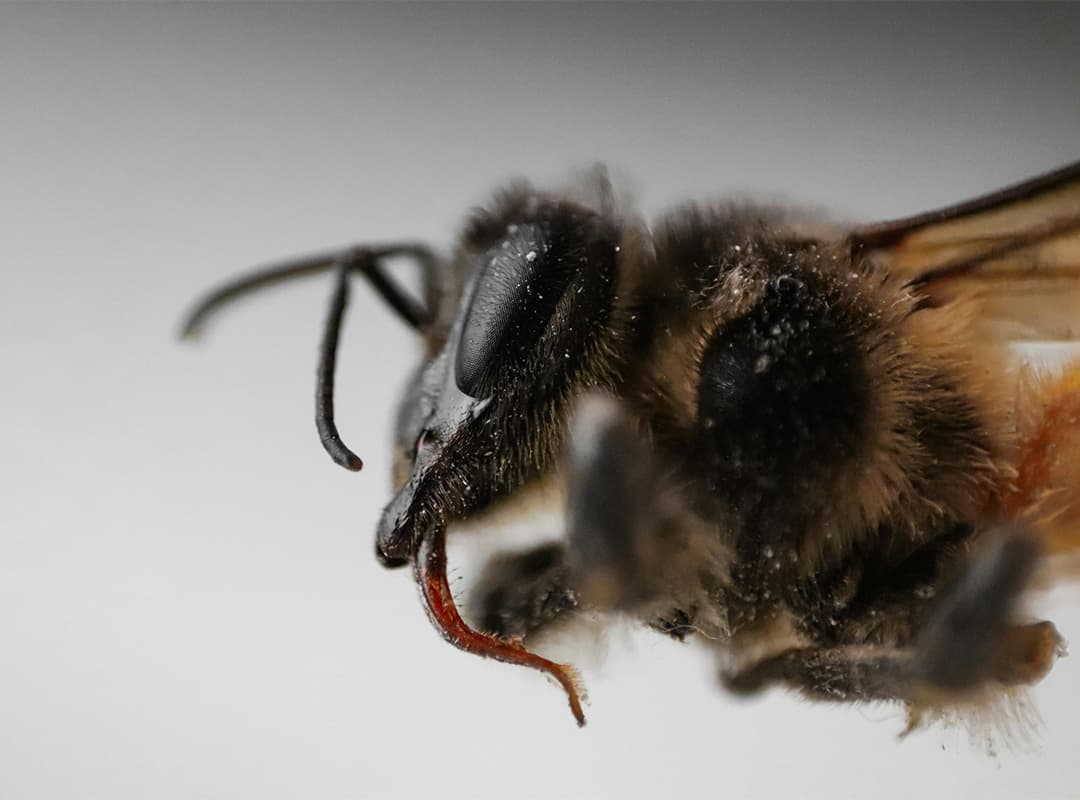To most people, parasitic wasps are invisible. Their life cycle is quite remarkable, but they remain almost unknown outside the world of Hymenoptera, the entomologists who study wasps, as well as ants, bees, and other members of the Hymenoptera.
Parasitoid wasps need a host to complete their development. They are a cross between parasites and predators: like parasites, they feed on their host and, like predators, eventually kill it.
Different groups of parasitic wasps attack different groups of hosts. Wasps from the subfamily Aphidiinae feed exclusively on aphids. Aphids can reduce yields and spread plant viruses, which requires the use of harmful pesticides. Since the host dies after encountering the parasitoid, these wasps are used for biological control and help to naturally control aphid populations.
Classification
Biological control only works if we know what we are controlling and what we are controlling it with. Taxonomists, like me and my colleagues, study insects (in my case, aphids and their parasitoids) and classify them into species.
The systematics of living things is mainly based on their morphology. We still actively use this method, taking these tiny insects apart and looking at them under a microscope to find differences or similarities and determine which species we are looking at. When you’re working with creatures that are one to two millimeters long, it can be intimidating.
Technologies such as DNA barcoding, developed by biologist Paul Hebert, and DNA sequencing techniques, especially next-generation sequencing, have accelerated this work. I can now extract the DNA of a wasp and determine what species it belongs to without having to visually examine the sample.
To do this, we need a comprehensive reference library of DNA sequences, which is a huge and ongoing task. In online databases containing reference sequences, some groups are better represented than others. Ideally, I would use both morphological and molecular data in my work and avoid any misidentifications.
